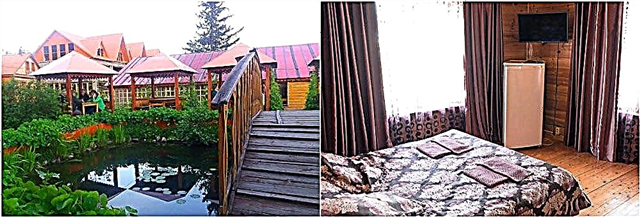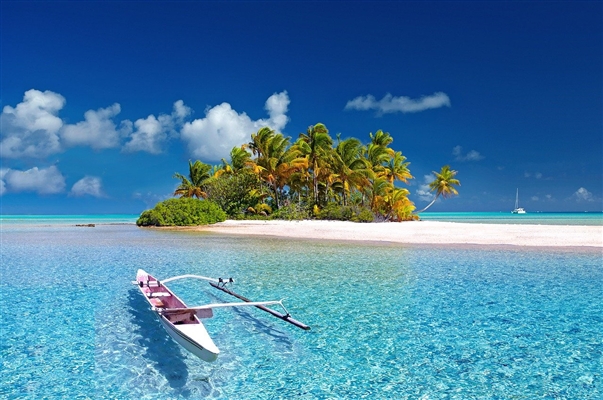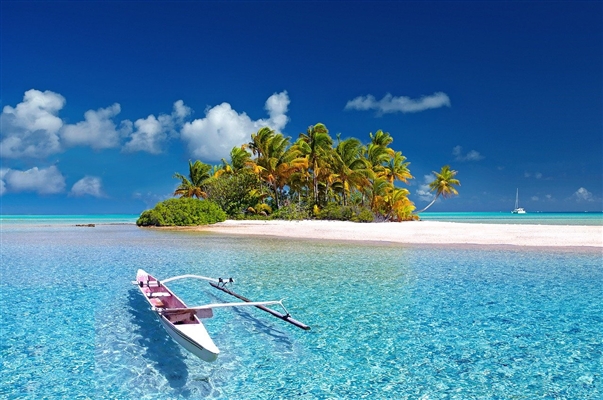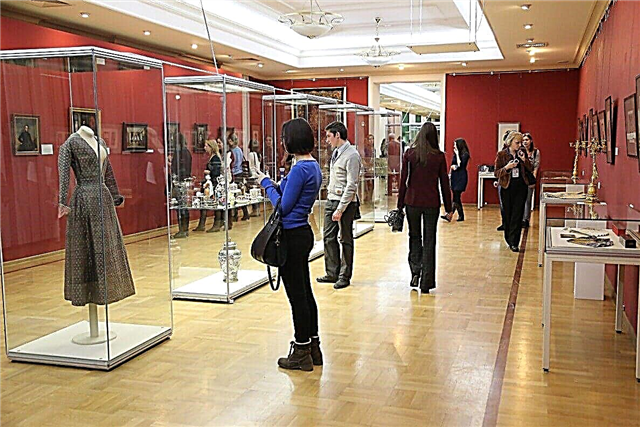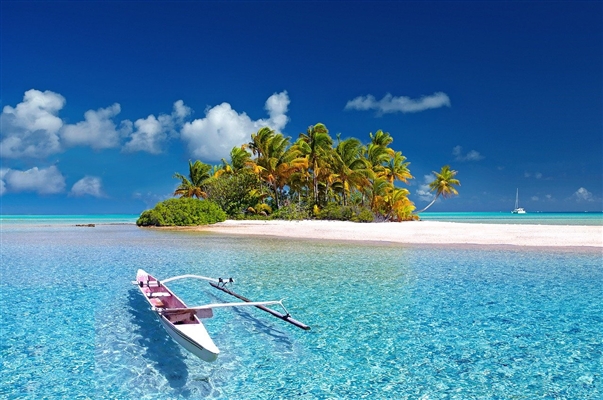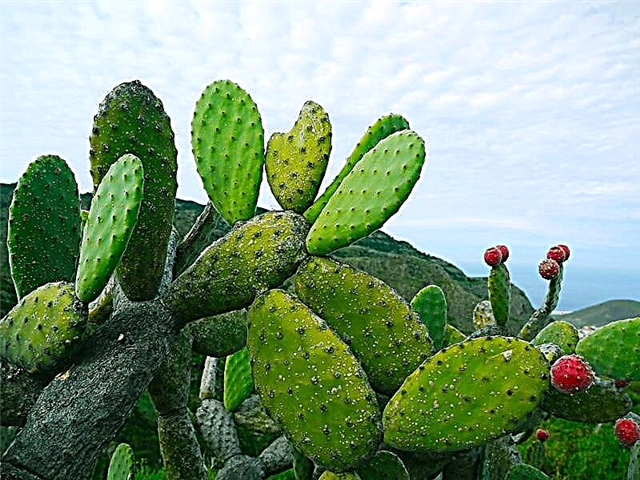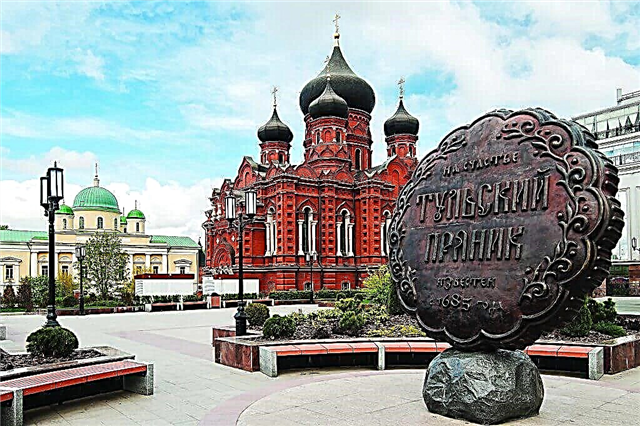The sights of the Tula region can be characterized as a path from the private to the general. Here they are very proud of their peculiarities, but they also emphasize their own trace in the culture and history of Russia. Typical associations of any person with this region: samovars, gingerbread, arsenal. Each of the components of the trio is reflected in museum life.
The rich past associated with the formation of the state and with religious symbols leaves an imprint on the current tourism industry. A special place is occupied by the literary direction. Tula and its environs have given the world many outstanding personalities. The small homeland has not forgotten its fellow countrymen, and almost everyone has received due recognition in the form of museums or special mentions during excursions.
The most interesting and beautiful places in the region
List, photos with names and descriptions of popular attractions!
Tula Kremlin
Built at the beginning of the 16th century. The total area is over six hectares. The height of the walls is about thirteen meters. The fortress has nine towers, four of them with gates. There are two cathedrals inside the Kremlin. According to some architectural features, such as the shape of the battlements on the walls, it was concluded that the architects belonged to the Italian school. The complex is not built in any one style, although it looks harmonious.

Read about the main tourist places of Tula: 45 of the best sights of Tula. If you are interested in rest in the Tula region, then we recommend an article about country hotels and tourist centers in the Tula region.
Assumption and Epiphany Cathedrals of the Tula Kremlin
Built with a difference of one hundred years: in the 18th and 19th centuries, respectively. Uspensky is executed in the Russian Baroque style. It was closed during the Soviet era, but now it has been restored and works. The bell tower is four-tiered. The unique iconostasis has been restored for many years, as well as the wall paintings. The Epiphany Cathedral is not functioning. It has the status of a museum. Previously, a collection of weapons was kept here.

See also: 30 main temples of Tula
Museum-reserve "Kulikovo field"
The territory where the Battle of Kulikovo took place in 1380. It has been a venue for excursions since the 60s of the last century. In 1996, a museum was created, and a year later - the first military history festival, which later became regular. Due to the fact that the area of the Kulikov field is vast, it is difficult to reconstruct the events in detail, but the approximate schemes for the formation and disposition of troops are constantly being supplemented.

Museum-estate "Yasnaya Polyana"
The year of foundation - 1921. The estate in the Shchyokinsky district became a museum complex of Leo Tolstoy. Many works were written here by the writer. There are many buildings on the territory, both preserved without major changes, and restored. In addition to the house, where the atmosphere of those years has been recreated, the excursion tour takes place in the park area. Tourists can visit the grave of the writer, located by the forest.

Mother of God Palace Museum and Park
Construction was carried out by order of Catherine II. The atmosphere of the turn of the XVIII-XIX is recreated inside. The exposition is dedicated to several people at once. One of them is the encyclopedist Bolotov. It was he who designed the layout of the streets fanning out from the palace, and also directed the layout of the landscape park. On the territory there is a pond, a temple, a monument to Bolotov and more. The complex is an example of early classicism.

Tula State Museum of Weapons
The year of foundation is considered 1775. Since Tula was a border town, many weapons were traditionally made here. It became the basis of the collection, which has been supplemented to this day. At first, future rarities were simply kept, periodically exhibited. In the 70s of the XIX century, the museum began to work on a permanent basis, a hundred years later it migrated to the Tula Kremlin, and in 2012 received a new building in the form of a hero's helmet.

Recommended to visit: 20 popular museums in Tula
Necropolis of the Demidovs
Opened since 1996. The complex is a museum, church and tomb. The latter is a unique burial, the only one of its kind that has survived to this day. The church is an architectural monument. The museum contains things of that era, rarities made at the enterprises of the Demidovs. There are also thematic collections about the connection of the clan with Italy, or about the women who surrounded the Demidovs.

Bezhin Lug and Turgenevo estate
They are located in the Chernsky district. Located in the ancestral village of the writer. He often visited here in different years. The local park was laid out at the beginning of the 19th century. Also preserved are a church built with the money of Turgenev's grandfather, a factory wing, a coach house, a house for servants, and cellars. The museum has the opportunity to learn more about the history of the area and the writer himself, inspect his office and some personal belongings.

Anastasov monastery
Located in the village of the same name. Founded in the middle of the 16th century. Stands on the banks of the Upa. The five-domed cathedral appeared nearby on the site of the original temple almost a century later. The monastery fell into decay long before the official closure in Soviet times. In the early 2000s, the monastery began to be restored. All new buildings, including outbuildings, are made in the same style, characteristic of the pre-Petrine era.

Romantsevskie mountains (Konduki)
Their formation is directly related to open-pit mining of brown coal. In the 90s, work in the quarries ceased. Tourists have a lot to do here. A stroll through scenic spots and an arranged photo session are just at the top of the list. Divers will love the local lakes with a depth of about ten meters, transparent and clear water. And novice climbers will get used to the equipment in the relative safety of low mountains.

Museum "Tula Gingerbread"
It was opened in 1996. It is located in the wings of the Lyalin family of gunsmiths. The excursion includes inspection of the devices and utensils used for making gingerbread in different years. The exposition is complemented by photographs and rare gingerbread. Some are famous for their size, others were baked for memorable dates. Guests do not leave the museum without tasting fresh sweets.

Museum "Tula Samovars"
It has existed since 1990. The museum consists of two halls. The collection is categorized according to the time and importance of the exhibits. Among the rarities there are unique models preserved in one or more copies. There is also a prototype of the first samovar - a knock-down, as well as souvenir thematic products, awards and medals from international and Russian exhibitions.

All Saints Cathedral
In 1776, a church was built on the site that is now reserved for the cathedral. Subsequently, different people were responsible for the project, and it was completed in its current form in the middle of the 19th century. It is visible from almost anywhere in the city, as it was erected on a hill. The architectural style is Russian classicism. The bell tower is decorated with figures of angels. The main relic is the Kazan Icon of the Mother of God.

Estate "Polenovo"
Founded in 1931. Located in the Zaoksky district. It is both a home-museum and a natural museum-reserve. The main exhibits of the exhibition are items related to the life and work of the artist Polenov, his paintings. A landscape painter's workshop is located separately from the main building. It is called "The Abbey". In addition, there are other interesting buildings and a park area.

Museum-estate of A. T. Bolotov "Dvoryaninovo"
Opened to visitors in 1993. Located on the banks of the Skniga. The museum is located in the family estate of Bolotov, a man of many interests, an encyclopedist, a researcher who was at the origins of the country's agronomic science. Inside, the interiors are recreated that existed during the life of the owner. The exposition is made up of personal belongings, sketches, scientific works. There is a gift shop nearby.

"Armored train number 13" Tula worker "
The Memorial Museum received its first visitors in 2015. The model of the armored train has been recreated with historical accuracy. The tour tells about the events of the Second World War and the contribution that the train made to the final victory. The "Tula worker" proceeded to the front line directly from the factory. He received serious damage, the team went for a new train, and the armored train itself settled at the repair base.

Arapov cave monastery
The caves are over a quarter of a kilometer long. The width of the tunnels is about one and a half meters, and the height of the ceilings is twice as large. According to legends, services were held here centuries ago, hiding from persecution. No icons or other rarities were found. Some catacombs end in dead ends. The ventilation system has been thought over. Collapse, landslide and flooding are rare.

Kazan Church (Turten)
Illuminated in 1802. Legend has it that an icon was found on the banks of the river. Since there was no church in the village of Turteni, the relic was sent to another church, but it came back again and again. Then it was decided to build a wooden church. Later, a stone one appeared. The holy spring is nearby. It has healing properties. Place of pilgrimage for the Orthodox.

Monument "Tula Gingerbread"
Installed in 2014. Located on Lenin Square. It is cast from bronze, weighs more than one thousand three hundred kilograms, and is two and a half meters in diameter. In addition to the inscription with the name of the monument in the familiar “gingerbread” font, the most important memorable date is 1685 - the year of birth of the Tula gingerbread. One of the unspoken symbols of the city, a magnet for tourists who constantly arrange photo sessions nearby.

More about the city's monuments: 30 best monuments of Tula
Temple and Museum of Matrona of the village of Sebino
In 1892, the Church of the Dormition of the Most Holy Theotokos was consecrated and rededicated in the early 2000s. Here are kept not only ancient icons, but also particles of the relics and the coffin of Blessed Matrona. The baptismal font where she was baptized has also been preserved. The museum has recently opened nearby. It is dedicated to the life of Matrona, inside the atmosphere in which her large family lived was recreated. Sebino is a place of pilgrimage for the Orthodox.

Memorial "Defenders of Fatherland Heaven"
Opened in 2015. The complex is located at the entrance to the city. The composition repeats a fragment of a real air battle. The planes are shown in full size. Their layouts look realistic. In addition, an important part of the memorial is made up of bronze plaques with the names of heroes-pilots, as well as bas-reliefs of all constituent entities of the Russian Federation and countries that fought against the Nazis.

Monument "Lefty"
Made in 1989 according to the project of Krivokhin, who won an open competition. Installed in the historical part of the city in 2009. Before that, he was on the territory of the plant, where he was cast. The monument stands on a high pedestal. Lefty is a symbol of Russian ingenuity and dedication to all craftsmen. The literary character had a real prototype who worked at the Tula arms factory.

Mother of God Shcheglovsky Monastery
Built in the middle of the 19th century. In the early 20s of the last century, the monastery was closed, and after the collapse of the USSR, the diocese was transferred, and it became active again. On the territory there is a cathedral church, a house church, a chapel, utility rooms, resting places for monks. There is also a Sunday school here. Pilgrims can stay within the walls of the monastery for a short time.

Mikhail Krasinets car museum in Chernousovo
Located on the banks of the Ugot River. Krasinets was a race car driver and took his love of cars to a new level over the years. The collection of the museum consists of more than three hundred cars. Rare books are in the open air. They are covered with rust; restoration is out of the question. But each exhibit can be viewed as you like. Cars here range from small cars to trucks, from relatively new to almost ancient.

Horse-Stone
The first mention is the 15th century. Located in the valley of the Beautiful Sword River. A huge cobblestone stands on two boulders. The Stone Horse is associated with various legends. Sacrifices were performed nearby, ceremonies were carried out, ostensibly to prevent the death of livestock. The stone's invisible powers are rumored to promote libido and fertility. There is a section of unknown origin on the surface of the object.

Archfarm (Zaoksky district)
The abandoned farm of the times of the Soviet Union turned out to be chosen by creative personalities. Artists, sculptors, architects have turned cowsheds, silos, sheds and more into art objects. They organize festivals and events on various topics here. Exhibits are not protected, from time to time some works are replaced by others. Free admission.

The ancient city of Belev
It was first mentioned in 1147. In the past, it was famous for its fortress and clashes with the Mongols, since the city was a kind of border. In the present, tourists come to inspect the male and female monasteries, which are not so far from each other. In the local history museum you can learn more about the history of Belev, and a walk through the center will introduce you to the architecture of the 18th-19th centuries.

House-Museum of Bunin in Efremov
Opened in 2001. During the life of the writer, all his family gathered here. The exposition began with the literary department at the local history museum. When their own building appeared, the funds began to be replenished more actively. It took some time to recreate the setting. They managed to find rare household items, as well as Bunin's things. Part of the cultural heritage and an architectural monument.

Guryev quarries
They belong to the XV-XVI centuries. They are located on the bank of the Sturgeon. The systems of moves are not uniform, but divided into three parts. Their total length is about one hundred kilometers. The quarries were left after the extraction of limestone. The man-made caves cannot be visited without an experienced guide. There is a card with all the moves. At the beginning of the trip, you need to fill out a journal. There are sleeping places inside.

The source of the Don
Located in Novomoskovsk. The opening of the ennobled territory around the source took place in 2000. The composition looks like an impressive stone, from under which a spring gushes, feeding the Don. Location - central park. Nearby there is a sculptural composition based on legends and myths associated with the river.

Main rivers of the region: Top 30 - rivers of the Tula region

